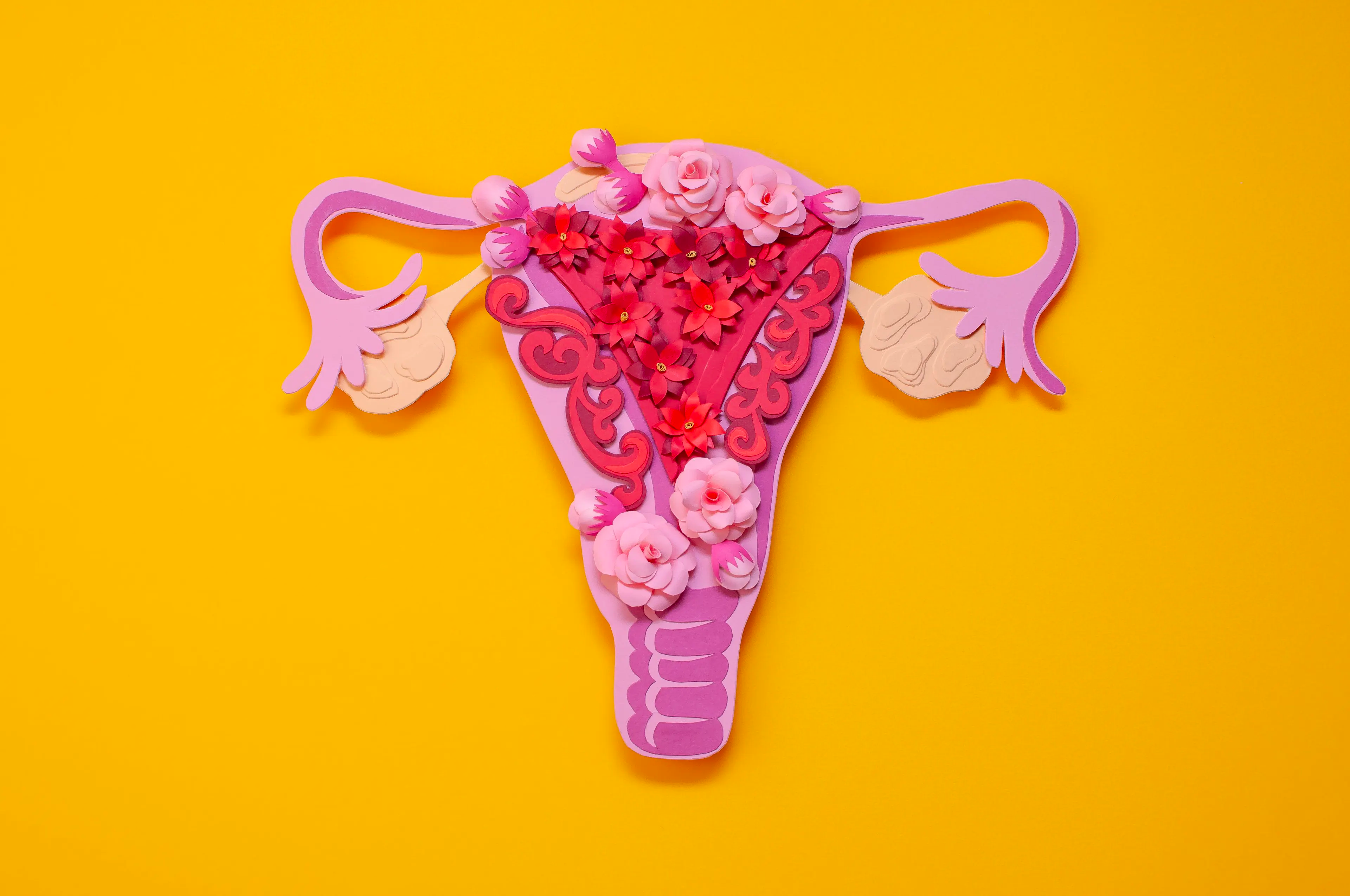Dysmenorrhea history associated with endometriosis risk in adolescents
In a recent study, women with a history of dysmenorrhea were at a significantly increased risk of endometriosis.
Dysmenorrhea history associated with endometriosis risk in adolescents | Image Credit: © Alena - © Alena - stock.adobe.com.

According to a recent study published in Frontiers in Reproductive Health, there is a significant association between dysmenorrhea onset and endometriosis development in adolescents.
Endometriosis is associated with fatigue, chronic pelvic pain, bleeding disorders, and fertility. The condition presents in approximately 10% of women, with a prevalence of 64% in adolescents with chronic pelvic pain. Hormone changes related to puberty may be associated with increased rates of endometriosis onset, resulting in early dysmenorrhea.
Dysmenorrhea often presents in menarche and the first menstrual periods. Certain early life factors have been considered as sources of endometriosis, making early dysmenorrhea a potential predicting factor for endometriosis development.
Investigators conducted a study to determine the association between dysmenorrhea onset and endometriosis development. Eligibility criteria included having a confirmation of diagnosis from surgical reports, providing written consent, and responding to over 80% of questions about past menstrual experience.
Revised American Society for Reproductive Medicine classification was used to determine endometriosis. Controls included women without pelvic pain during the study. Exclusion criteria included pregnancy or breast feeding at the time of the study.
A self-administered questionnaire was developed by endometriosis and gyneco-psychosomatics specialists, including 12 sections on socioepidemiological, health, and quality of life. Data on menstrual experiences, menarche, and endometriosis was assessed.
Single choice questions were used to evaluate disease characteristics. Predictors of endometriosis development and diagnosis were determined by age at menarche, memories of first menstruation, mothers’ perceived attitude toward menstruation, and dysmenorrhea in mothers.
Women with a dysmenorrhea experience were asked to report dysmenorrhea onset. Participants were also asked to report cycle length because irregular cycles are associated with a 2-fold increased risk of endometriosis.
There were 1128 women aged 19 to 59 years included in the analysis, 563 of which had endometriosis. Endometriosis was seen more often in women who were nulliparous and had a lower parity.
Significant associations were found between endometriosis and short cycles, age at menarche, and personal history of dysmenorrhea. The risk of endometriosis development was greater in women with menarche when aged 8 to 11 years vs 12 to 15 years or over 15 years.
A significant association was reported between dysmenorrhea onset and endometriosis development regardless of time of onset. Unpleasant memories of menarche were also more common in women with endometriosis. After adjustment for cofounders, dysmenorrhea in women was associated with a 5.74-fold risk of endometriosis.
These results showed an association between age at menarche and endometriosis risk. Investigators concluded dysmenorrhea is the most important risk factor for endometriosis.
This article was published by our sister publication Contemporary OB/GYN.
Reference
El-Hadad S, Lässer D, Sachs MK, et al. Dysmenorrhea in adolescents requires careful investigation of endometriosis-an analysis of early menstrual experiences in a large case-control study. Front Reprod Health. 2023;5:1121515. doi:10.3389/frph.2023.1121515
Newsletter
Access practical, evidence-based guidance to support better care for our youngest patients. Join our email list for the latest clinical updates.
Having "the talk" with teen patients
June 17th 2022A visit with a pediatric clinician is an ideal time to ensure that a teenager knows the correct information, has the opportunity to make certain contraceptive choices, and instill the knowledge that the pediatric office is a safe place to come for help.